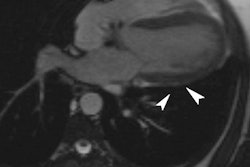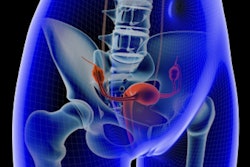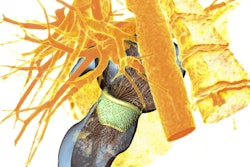Dear AuntMinnieEurope Member,
Assembling and storing a library of case presentations used to be a pretty random, time-consuming process, but the digital era has changed everything. A well-constructed archive is now a powerful teaching and research tool.
Dr. Neelam Dugar and her colleagues at the U.K. Royal College of Radiologists have put together a practical and timely guide on this topic for both imaging professionals and industry. Better still, you can download it free of charge. Go to our Imaging Informatics Community, or click here.
Diagnosis of congenital agenesis of the pericardium can be missed due to the rarity of this cardiac malformation. When cases do arise, CT and MRI can show the abnormal displacement and rotation of the heart and readily depict absent pericardium, as well as associated cardiac and extracardiac anomalies, according to Greek researchers. You can read more here.
Meanwhile, a German team has developed software that uses ultrasound, MRI, or CT scans of the heart to produce virtual 3D models depicting different stages of heartbeat. The researchers unveiled their findings at the Computer Assisted Radiology and Surgery 2018 international congress in Berlin. Visit the Advanced Visualization Community, or click here.
Any research coming out of the prestigious Karolinska Institute in Stockholm is always worth a close look, so make sure you don't miss the findings of a cervical cancer study published in the August edition of Ultrasound in Medicine and Biology. Head over to our Women's Imaging Community, or click here.
Last but not least, a U.K. team has found carbon-11 PET that targets translocator protein expression in the joint lining tissue of the knee may be an effective way to determine the extent of rheumatoid arthritis (RA). Because joint inflammation isn't always controlled by current treatments in RA patients, new approaches are needed, the group believes. Learn more here.



















